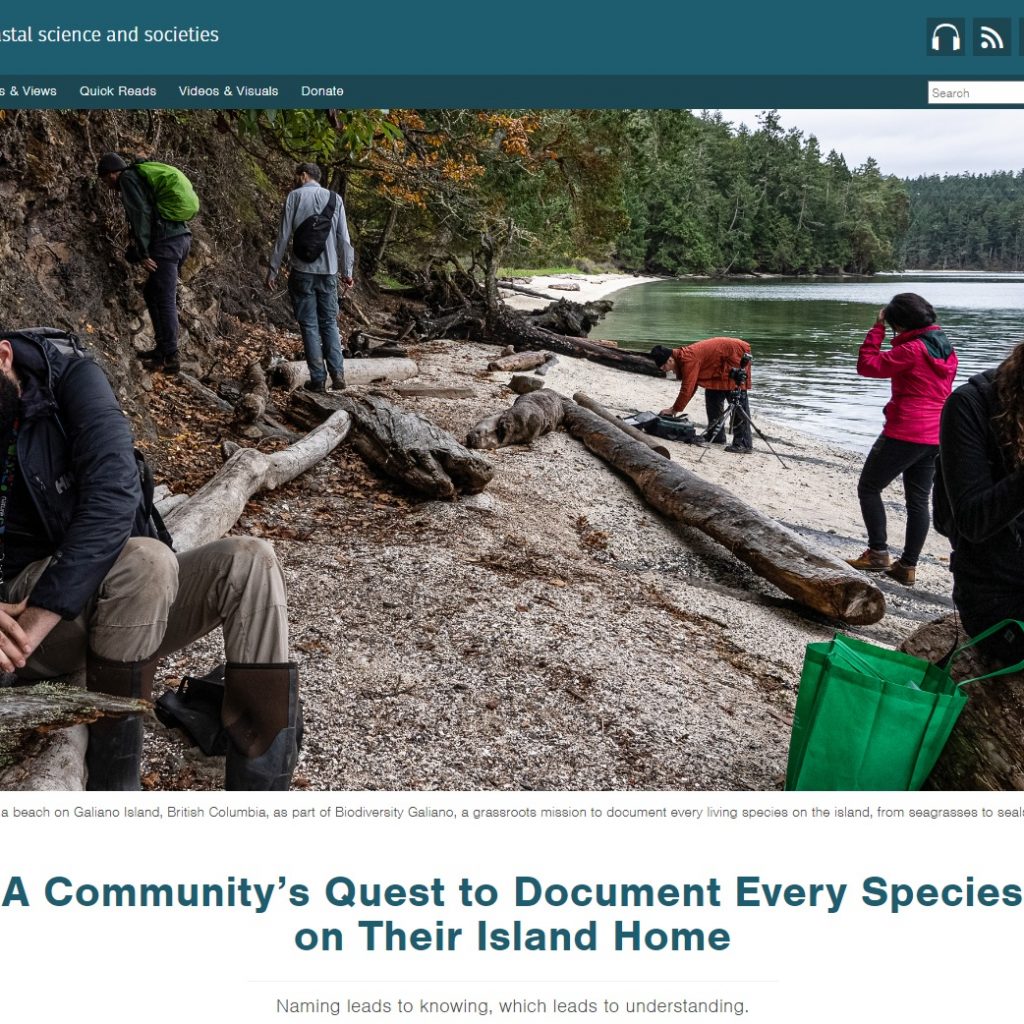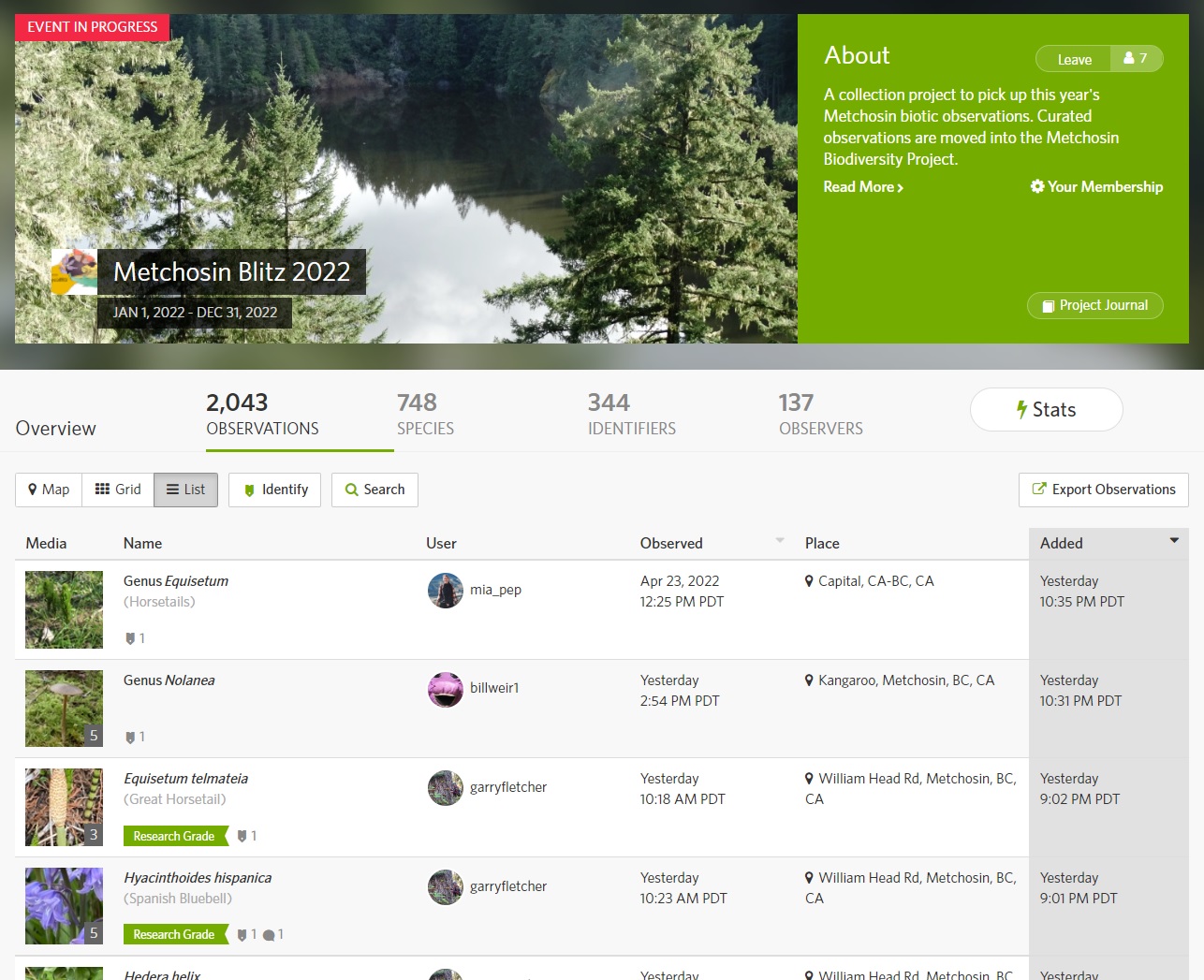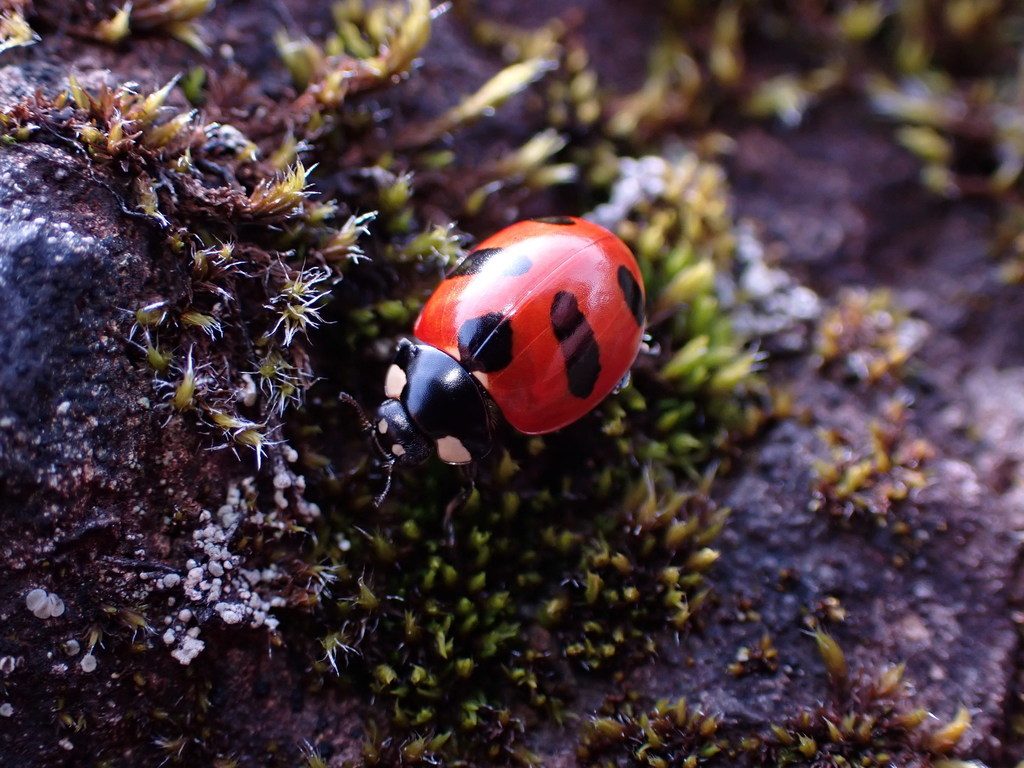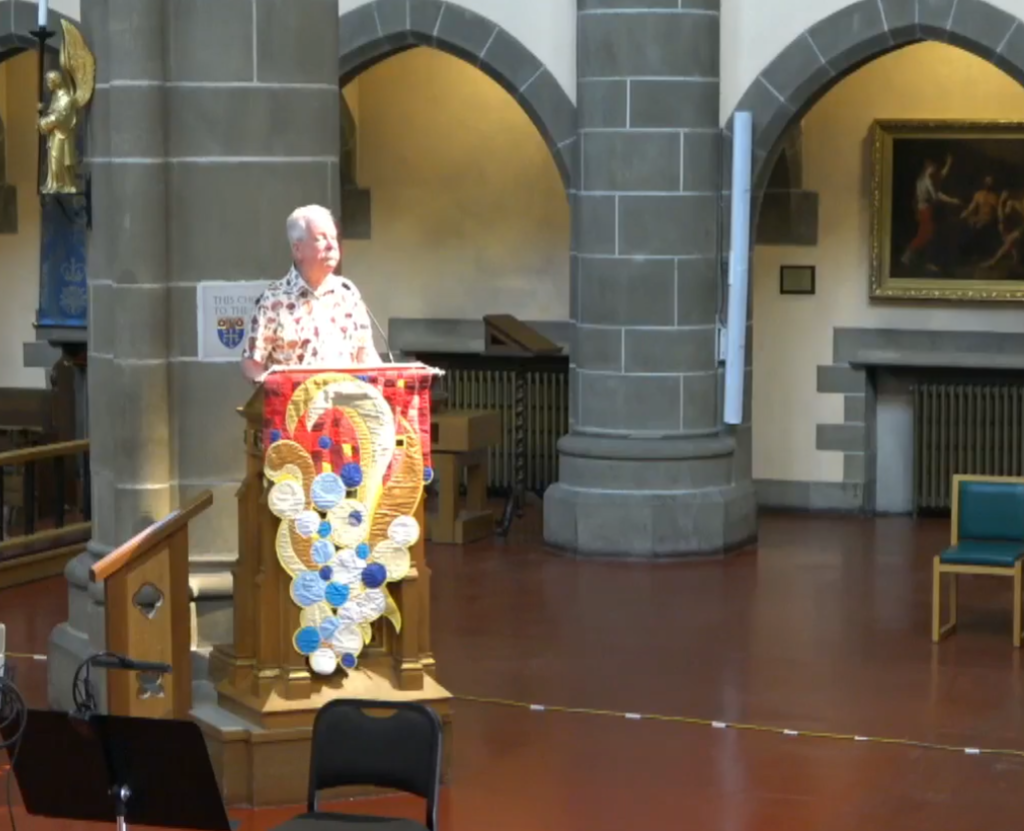
Amanda Lewis is a big-tree tracker and an award-winning book editor. Born in Ireland, she now divides her time between the internet and Gabriola Island, Snuneymuxw territory. Tracking Giants: Big Trees, Tiny Triumphs, and Misadventures in the Forest is her first book. www.amandalewis.org Photo by Sydney Woodward at Niamh Studio.
![]() Topic: The Pointed Forest: Big Trees and Small Joys
Topic: The Pointed Forest: Big Trees and Small Joys
Coming up the weekend of July 7-8 is a first-time event in the Metchosin Talk and Walk series — a look at big trees. The presentation will be by Amanda Lewis, author of the new book, Tracking Giants.
Talk: Friday, July 7, 7:00 pm, District of Metchosin Council Chambers. Besides giving the talk, Amanda will be signing copies of her new book, Tracking Giants. Bring your copy to be signed. The book can be purchased at all bookstores. Description of the book from the Greystone Books site at https://greystonebooks.com/products/tracking-giants
When she first moved back west after nearly a decade away, Amanda Lewis was an overachieving, burned-out book editor most familiar with trees as dead blocks of paper. A dedicated “indoorswoman” she could barely tell a birch from a beech. But that didn’t stop her from pledging to visit all of the biggest trees in British Columbia, a Canadian province known for its expensive yoga studios, Patagonia-wearing baristas, and… extremely gigantic trees.
The “Champion” trees on Lewis’s ambitious list ranged from mighty Western red-cedars to Douglas firs. They lived on remote islands and at the center of dense forests. The only problem? Well, there were many… Climate change and a pandemic aside, Lewis’s lack of wilderness experience, the upsetting reality of old-growth logging, the ever-changing nature of trees, and the pressures of her one-year timeframe complicated her quest.
Burned out again—and realizing that her “checklist” approach to life might be the problem—Lewis reframed her search for trees to something humbler and more meaningful: getting to know forests in an interconnected way.
Weaving in insights from writers and artists, Lewis uncovers what we’re really after when we pursue big things—and reveals that sometimes it’s the smaller joys, the mindsets we have, and the companions we’re with, that make us feel more connected to the natural world.
Walk: Saturday, July 8, 2023, 10:00 am Mr. Big Tree himself, Hans Roemer, will join Amanda and the rest of us for the walk. The walk will be at Royal Roads. We will meet at the corner of Lagoon Road and Heatherbell Road in Colwood and proceed via the back gate into the grounds of Royal Roads University. A map:
https://www.google.ca/maps/dir/48.4209163,-123.4804517/48.4209303,-123.4804053/@48.4203182,-123.4834129,16z/data=!4m2!4m1!3e2
There is usually parking along Heatherbell Road.
— The Metchosin Biodiversity Project
A look ahead…
In September, Lyn Baldwin will be joining us to talk about her new book, Drawing Botany Home. Her talk will be Sept 1, 7:00, Metchosin Council Chambers.
A special event is coming up in October. The Talk and Walk that month is, by tradition, about mushrooms. This year the Royal BC Museum is launching a spectacular new IMAX film, Fungi: The Web of Life (45 minutes, site and trailer) on October 20. Prior to the opening, the museum will be hosting exclusive screenings for select audiences. We have arranged for members of this mailing list to be invited to the first screening, on the evening of Wed, October 18. It will be a museum-theatre-ticketed event at regular IMAX prices. More information later on how to register. This will be followed on the morning of Sat, October 21, by a Metchosin mushroom foray. We will be collecting specimens on the foray to display at the annual SVIMS mushroom show, which will be on Sun, October 22, at the Royal BC Museum (free, admission by donation).










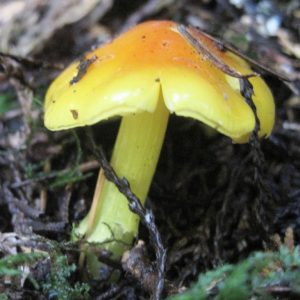 With COVID somewhat tamed, we are re-launching the Metchosin Talk & Walk series. We’ll begin it with a mini-MycoBlitz! We have found more than 600 species of fungi in Metchosin, but there are still species out there that have eluded our grasp. The event will begin on Friday, November 4, 7:00 p.m., at the Metchosin Council Chambers. (For the safety of all attendees, including those with compromised immune systems, we encourage attendees to wear masks when not eating or drinking.)
With COVID somewhat tamed, we are re-launching the Metchosin Talk & Walk series. We’ll begin it with a mini-MycoBlitz! We have found more than 600 species of fungi in Metchosin, but there are still species out there that have eluded our grasp. The event will begin on Friday, November 4, 7:00 p.m., at the Metchosin Council Chambers. (For the safety of all attendees, including those with compromised immune systems, we encourage attendees to wear masks when not eating or drinking.)